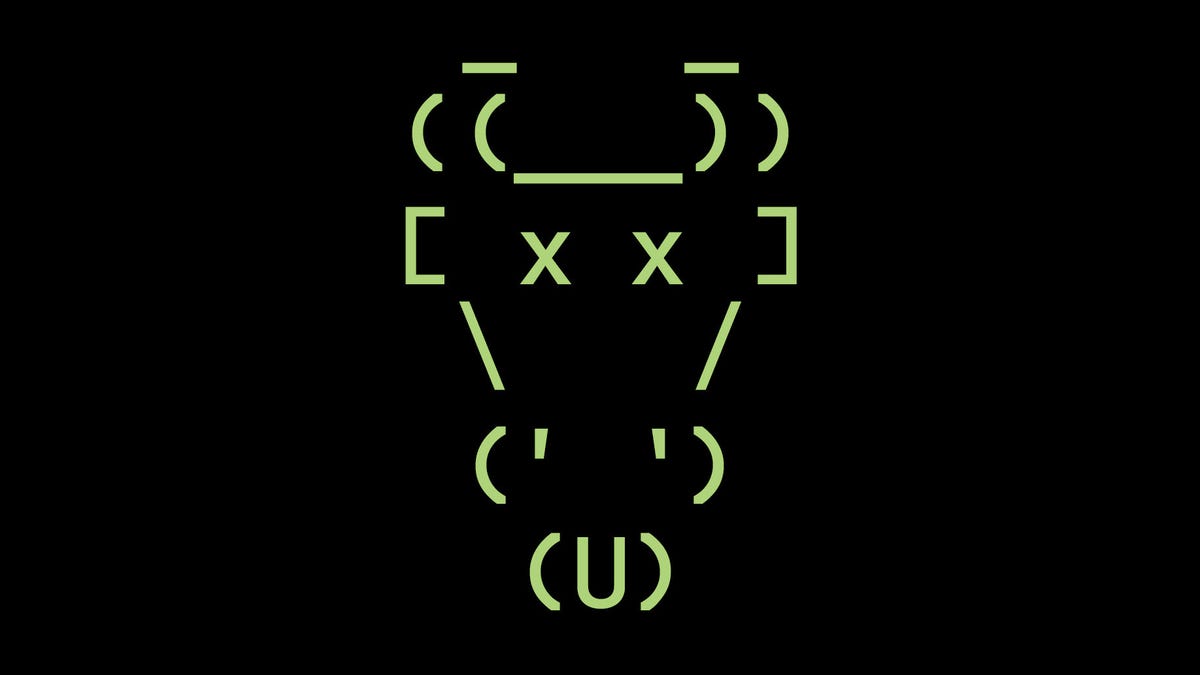

Hackers: Angels and Demons Of The Digital World
Hackers: Angels and Demons Of The Digital World

When we envision a hacker, we often conjure up a specific image of a mysterious, shadowy figure hunched over a laptop in a dark basement manipulating code at lightning speed. But the reality is that the concept of a ‘hacker’ has a rich history and a constantly evolving significance within modern technology. The 80’s and 90’s were an era of massive change in the world of technology, and a new group of young programmers and amateur enthusiasts emerged. They were smart, rebellious, and ready to take on aspects of society and the government is previously seen as untouchable. Today we look at the origins of hackers and the rise of ethical hacking in the early 1990s

The origin of the modern computer hacker dates back to the early 1960s and the dawn of programming languages. “Hackers” was a term originally given to computer science students who were viewed as enthusiastic, gifted programmers and the term “hacker” had extremely positive connotations. Though hackers may not have always been seen as the coolest kids on campus, they were respected as geniuses in their field. Computer hackers were recruited from MIT to assist in the creation of ARPANET, a system developed by the Department of Defense to link government offices. Various office computers were able to be linked to one central mainframe computer and interact with one another in real-time. Eventually, ARPANET evolved into the internet as we know it.

The term “cyberspace” was popularized in the early 1980’s thanks to cyberpunk author William Gibson’s works such as Burning Chrome and Neuromancer. The concept of cyberspace revolutionized how we view the internet and reshaped how we interact with the ‘consensual hallucination’ that is the web. It also gave rise to more elite, specialized hacker groups such as the Legion of Doom and the Masters of Deception. This new breed of hackers were typically young, incredibly gifted, and feared by the mainstream. They weren’t afraid to push the envelope and were often viewed as technological terrors by the Clinton-era administration. Hackers were able to exchange ideas via their UNIX systems and magazines like “2600: The Hacker Quarterly,” where hackers would share information, stories, and resources. The magazine gained prominence for supporting digital freedoms and speaking out against increased digital surveillance.

Not all hackers were on a mission to wreak havoc, regardless of their portrayal by the government and media outlets. In fact, many hackers identified as ethical hackers on a mission to expose the evils in society that often would go unchecked or unnoticed. Examples of ethical hacking date back to the mid 1980’s with revolutionary groups like the Cult of the Dead Cow which originated in Lubbock, Texas. Not only are they credited with coining the term “hacktivist,” they also established the first modern Hacker conference HoHoCon in 1990.

No target was too large for the Cult of the Dead Cow, evident by their campaign against the Chinese government and their censorship laws. This group was a massive disruption to servers worldwide but was on a campaign for good. According to their still-active website, a sanctuary of early internet nostalgia, notable members include a former Presidential Advisor, a Harvard researcher, a former U.N. official, and countless authors, video game developers, artists, musicians, and programmers. And those are just the members who have chosen to make their affiliation with the CDC public. During Beto O’Rourke’s presidential campaign, his former affiliation was confirmed by over a dozen former members. The group has also released a wealth of information and tools to encourage others to participate in ethical hacking regardless of their computer programming skills.

The rise of hacking in the 1990s also gave rise to a new government effort to squash these efforts. The early 1990s was a time of anxiety for the government, who felt that they were losing control of new forms of communication. They introduced a hardwire patch called the “Clipper Chip,” an encryption device that would store voice and data messages for the NSA. Hackers were not having any of it. They felt that the chip violated the 1st amendment. The backlash was monumental and largely led by the hacking community. The Clipped chip was defunct by 1996. But the government versus hacker war waged on and continues today.

“This is our world now...the world of the electron and the switch. We exist without skin color, without nationality, without religious bias...and you call us criminals. Yes, I am a criminal. My crime is that of curiosity.”

